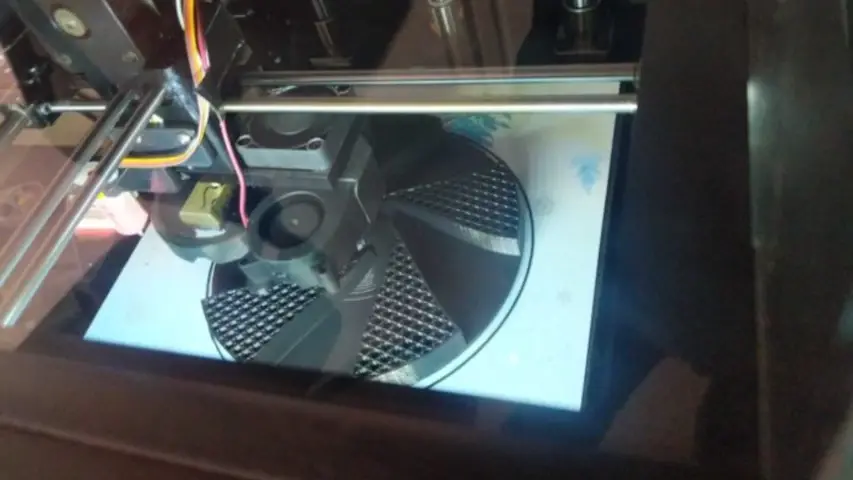
Related Topics
My CNC Will Melt In Your Mouth
Learning Autodesk Fusion, Braze it 420, and Stephen's CNC machine rise from its disassembled grave on this weeks episode of the podcast.
A Bad User Experience
How do you remove flux and what to watch out for when you are cleaning your PCB assemblies? Parker and Stephen go in depth on this episode of the MEP.
Beating Dragons with Quarters
Parker's pinball platform, PinoTaur Revision 2, goes into testing and Stephen continues his journey to simulate the known analog universe.
Other Resources
Circuit Break Podcast
Blog
eBooks & Guides
Webinars
Videos
Case Studies
Tour MacroFab's ITAR-Compliant Facility
October 2, 2019, Episode #192
Episode 200 is Coming Up!
- Question / Answer setup like Episode 100
- Send them via Audio Format to podcast@macrofab.com
Parker
- Hayward Tigershark
- Hasn’t electrocuted anyone yet!
- Ordered PinoTaur REV 2
- Slight layout tweaks
- Fixed the Relay problem
- Silkscreen labeling changes
- Air Raid Siren
Stephen
- Eepartpicker
- Thinking of what comes first
- Probably a resistor
- Would like to see opamps
- Template?
- Fermentation controller
- Moar parts arriving
- Level Shifter for the screen?
R.F.O.
- Analog engineer’s calculator
- Filter calculations
- Amplifier calculations
- Parasitics
- A/D noise calculations
- Inspect AR
- Workbench of the future
- The Little Robot that Lived at the Library
- The Illusion of a Personality
About the Hosts

Parker Dillmann
Parker is an Electrical Engineer with backgrounds in Embedded System Design and Digital Signal Processing. He got his start in 2005 by hacking Nintendo consoles into portable gaming units. The following year he designed and produced an Atari 2600 video mod to allow the Atari to display a crisp, RF fuzz free picture on newer TVs. Over a thousand Atari video mods where produced by Parker from 2006 to 2011 and the mod is still made by other enthusiasts in the Atari community.
In 2006, Parker enrolled at The University of Texas at Austin as a Petroleum Engineer. After realizing electronics was his passion he switched majors in 2007 to Electrical and Computer Engineering. Following his previous background in making the Atari 2600 video mod, Parker decided to take more board layout classes and circuit design classes. Other areas of study include robotics, microcontroller theory and design, FPGA development with VHDL and Verilog, and image and signal processing with DSPs. In 2010, Parker won a Ti sponsored Launchpad programming and design contest that was held by the IEEE CS chapter at the University. Parker graduated with a BS in Electrical and Computer Engineering in the Spring of 2012.
In the Summer of 2012, Parker was hired on as an Electrical Engineer at Dynamic Perception to design and prototype new electronic products. Here, Parker learned about full product development cycles and honed his board layout skills. Seeing the difficulties in managing operations and FCC/CE compliance testing, Parker thought there had to be a better way for small electronic companies to get their product out in customer's hands.
Parker also runs the blog, longhornengineer.com, where he posts his personal projects, technical guides, and appnotes about board layout design and components.

Stephen Kraig
Stephen Kraig is a component engineer working in the aerospace industry. He has applied his electrical engineering knowledge in a variety of contexts previously, including oil and gas, contract manufacturing, audio electronic repair, and synthesizer design. A graduate of Texas A&M, Stephen has lived his adult life in the Houston, TX, and Denver, CO, areas.
Stephen has never said no to a project. From building guitar amps (starting when he was 17) to designing and building his own CNC table to fine-tuning the mineral composition of the water he uses to brew beer, he thrives on testing, experimentation, and problem-solving. Tune into the podcast to learn more about the wacky stuff Stephen gets up to.
Special thanks to whixr over at Tymkrs for the intro and outro!
Related Podcasts
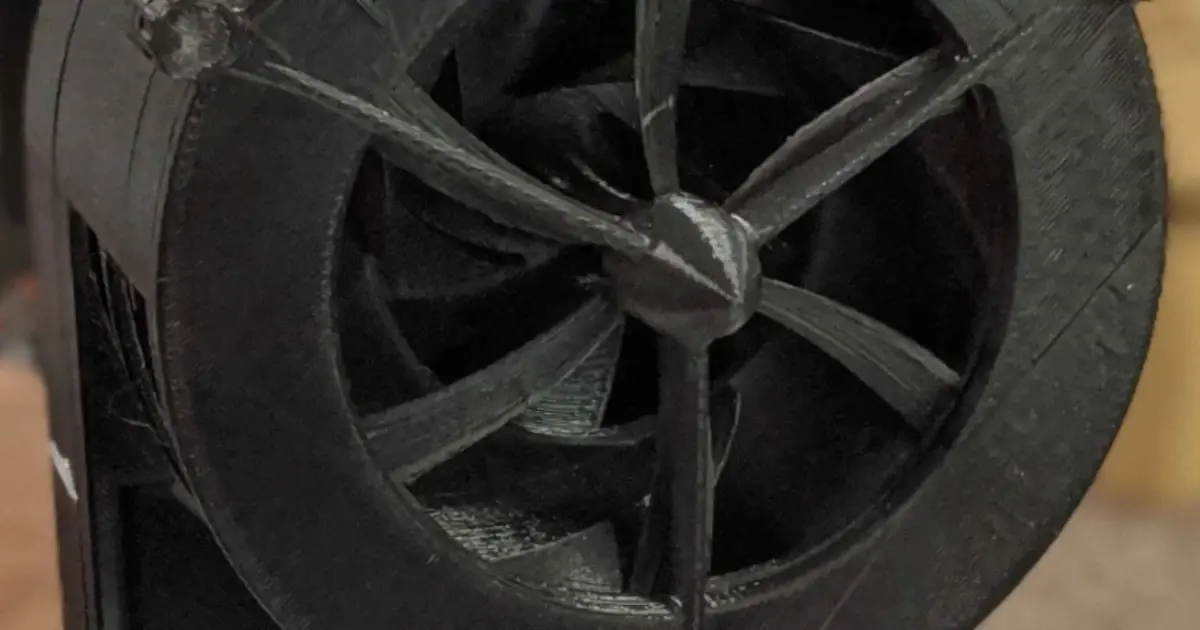
Rotary Alarm System
Do not adjust your podcast broadcast device. What you are hearing is a rotary alarm system. This siren denotes the beginning of episode 200!

The Wheels Are Finally Off
How easy is it to make a retro gaming console? Stephen breaks down his design and build criteria that involves no custom PCBs.
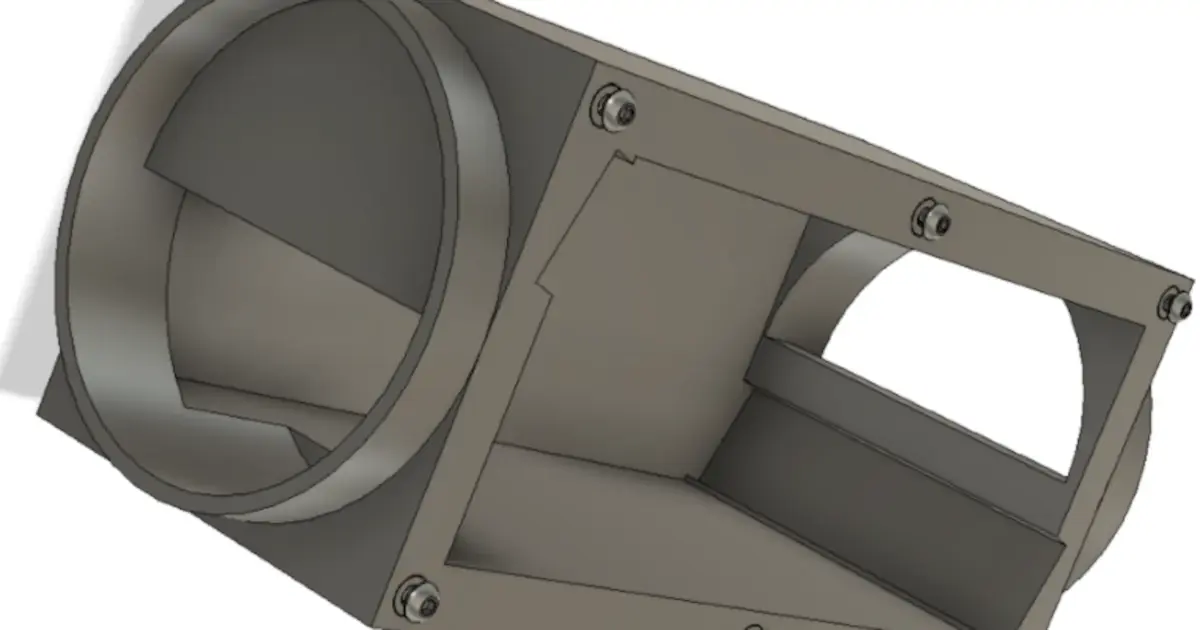
My CNC Will Melt In Your Mouth
Learning Autodesk Fusion, Braze it 420, and Stephen's CNC machine rise from its disassembled grave on this weeks episode of the podcast.
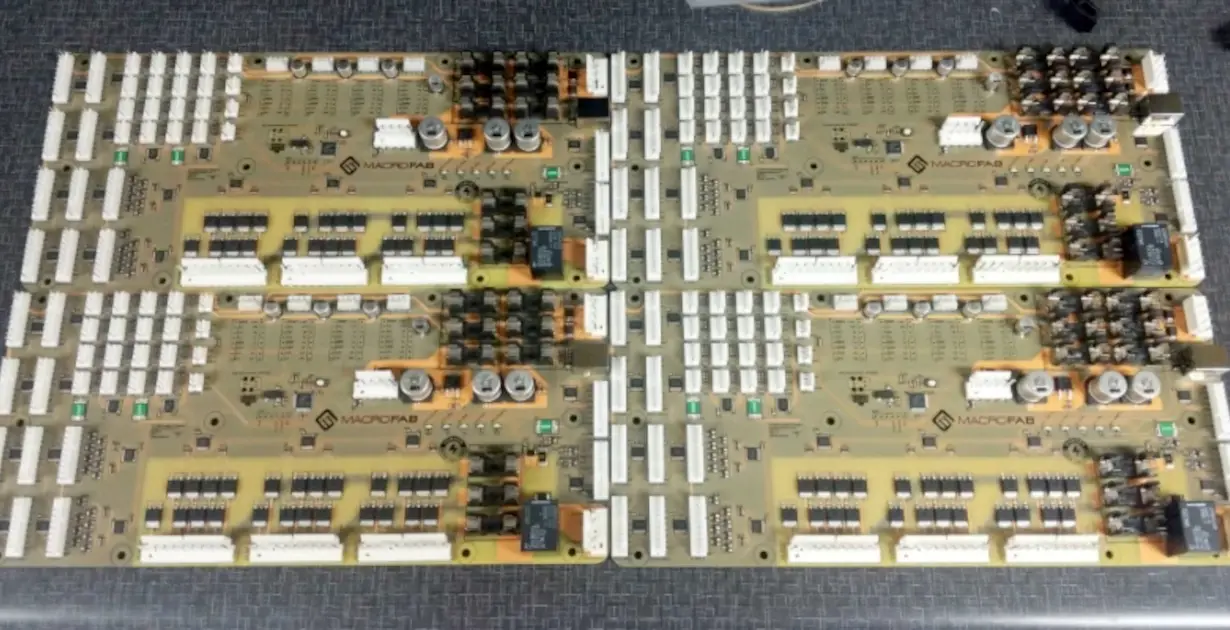
Beating Dragons with Quarters
Parker's pinball platform, PinoTaur Revision 2, goes into testing and Stephen continues his journey to simulate the known analog universe.
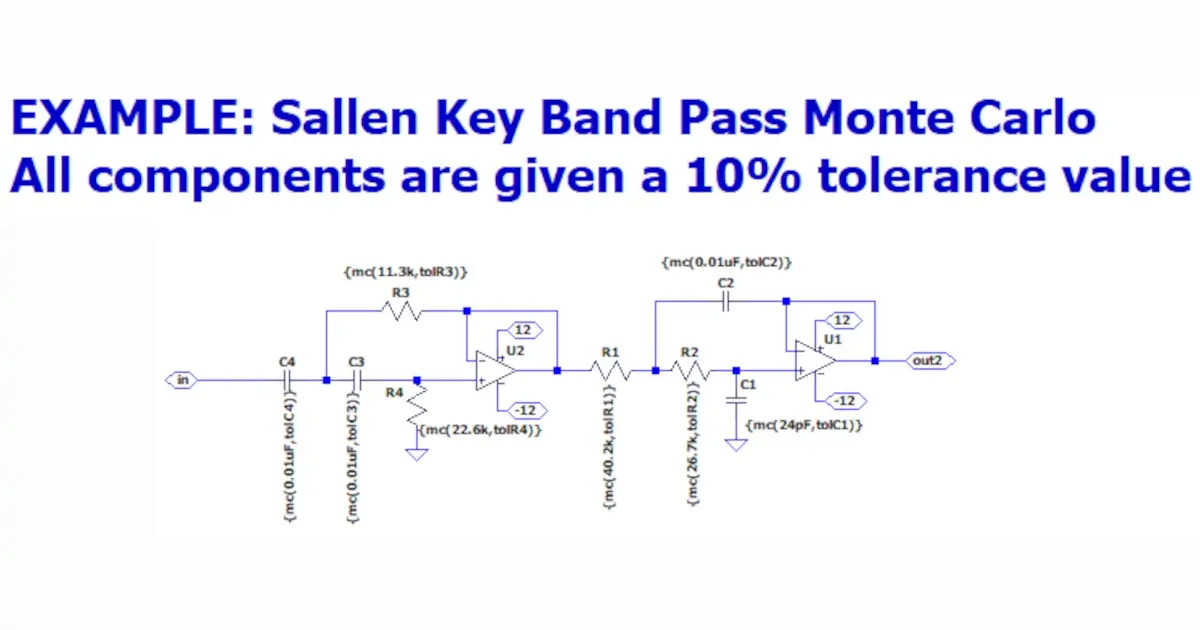
A Bad User Experience
How do you remove flux and what to watch out for when you are cleaning your PCB assemblies? Parker and Stephen go in depth on this episode of the MEP.
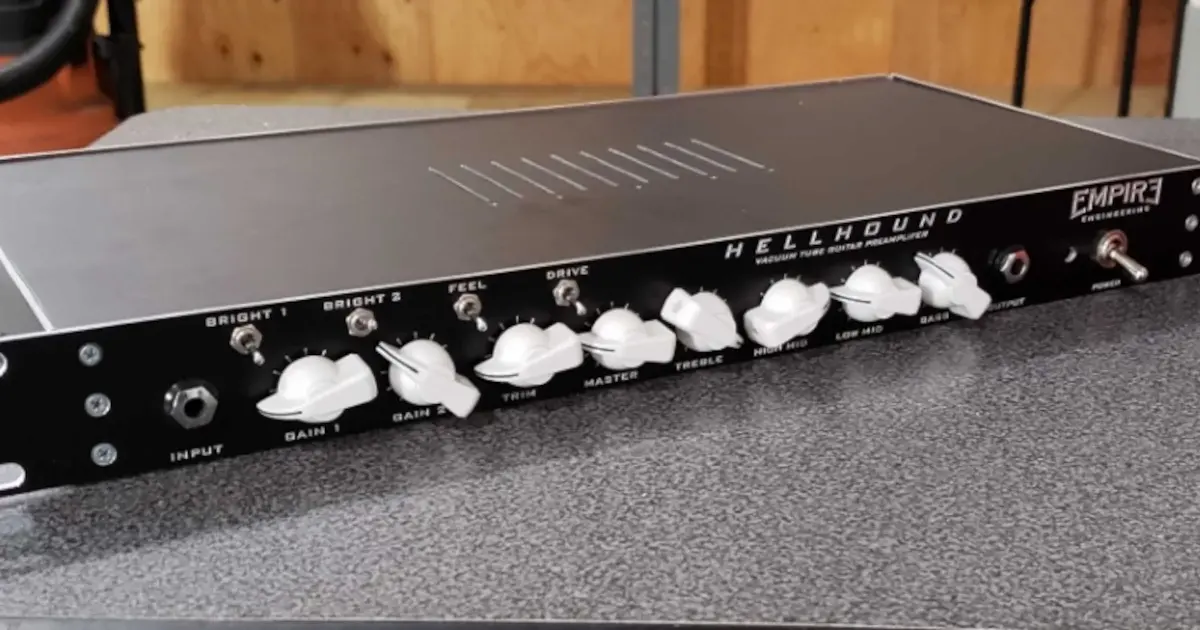
High Voltage Gyrators and KiCad Plugins
Stephen and Parker discuss Equalizers for High Voltage signal paths and ultra rare Atari 2600 Hardware. Also, what is the Apple H1 Chip?
